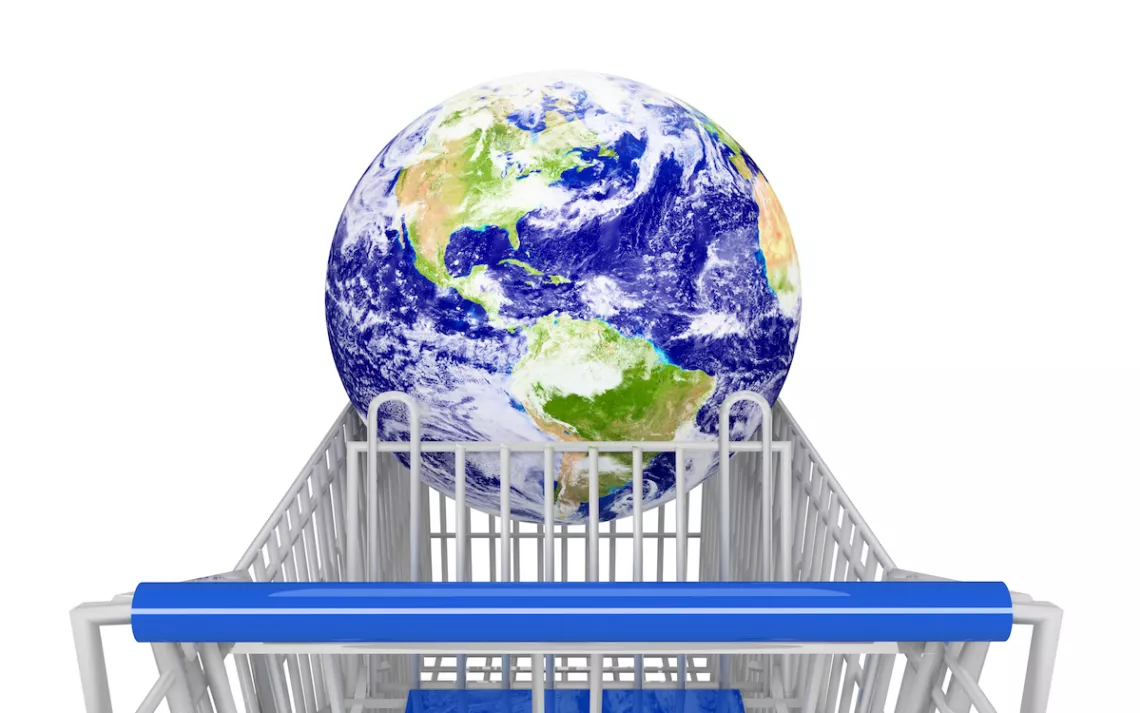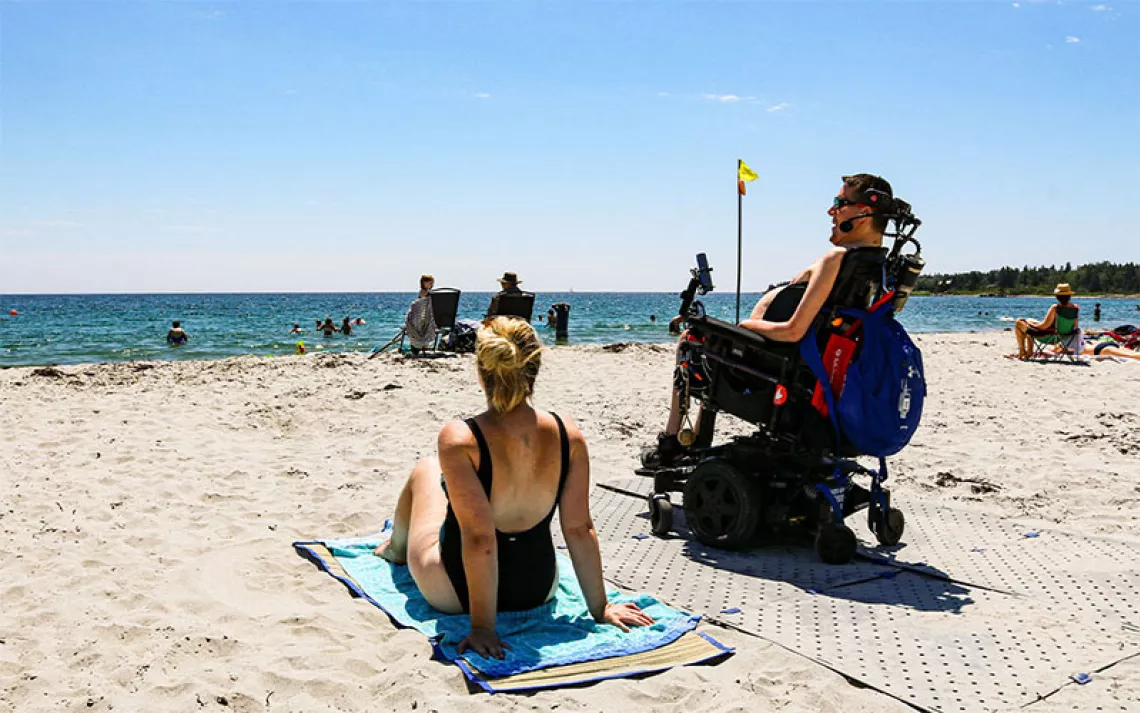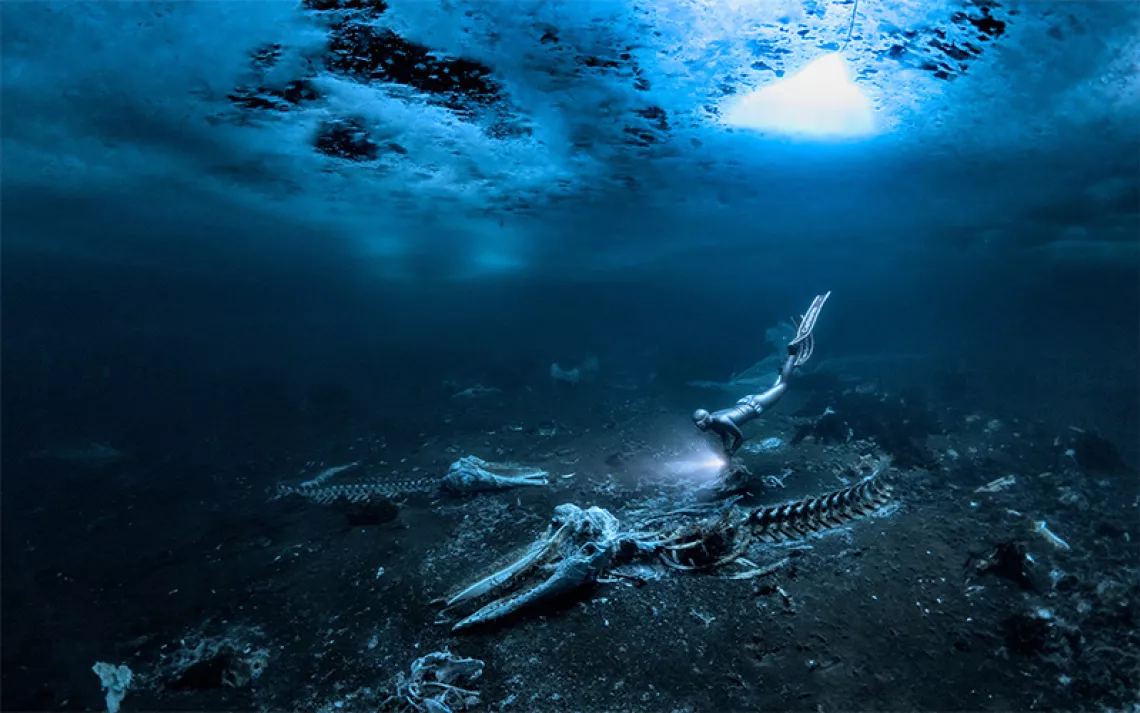Earth Day Used to Be Rad. What Happened?
Forget Buying Stuff. Get in the Streets.

Photo by Rellas/iStock
It’s no exaggeration to say that the first Earth Day was unlike anything else in U.S. history. The day was sui generis: Originally concocted by U.S. Senate backbencher Gaylord Nelson of Wisconsin, it was picked up by a handful of young organizers worried about pollution. Then, unexpectedly, tens of millions joined in. On April 22, 1970, an estimated 20 million people participated in Earth Day activities. The U.S. population at the time was just over 200 million. Do the math: Around one in 10 Americans took part, making the inaugural Earth Day very likely the biggest single day of political activism in the history of the republic.
Here’s Joseph Lelyveld writing on the front page of the New York Times and describing what he called a “secular revival”:
“Huge, light-hearted throngs ambled down auto-less streets here yesterday as the city heeded Earth Day’s call for a regeneration of a polluted environment by celebrating an exuberant right of spring.
…
“For two hours, except for crosstown traffic, the internal-combustion engine was barred from Fifth Avenue between 59th and 14th Streets: The only wheeled vehicle to go down the avenue during this period was a horse-drawn buggy carrying members of a Harlem block association.
“Fourteenth Street between Third and Seventh Avenues … became an ecological carnival.
…
“Visitors had rambled through booths around [Union Square] where particular causes were stressed—clean air and peace, urban planning and voluntary sterilization, conservation and wildlife preservation.
“Each visitor to the square had to improvise his own Earth Day, by deciding where to spend his time. Some resolved the range of choices by taking part in a nonstop Frisbee game on Union Square Park’s piebald lawns.”
Cool.
That massive show of citizen concern, famously, sparked the passage of the bedrock U.S. environmental laws: the Clean Air Act, the Clean Water Act, the National Environmental Protection Act, the Endangered Species Act. What had been a conservation movement often driven by ladies and gentlemen—society women who ran and usually won so many local preservation campaigns; New York Brahmins like President Teddy Roosevelt and Wilderness Society cofounder Bob Marshall; and successful farmers like John Muir—took on a grassroots flair. Politicians realized they had to pay attention.
My first Earth Day was 1990. I had just turned 15, the event was turning 20, and I think organizers were trying to make a big deal of the anniversary. Somehow, my parents—not exactly political people at the time (though they are now)—decided to take my sister and me to that year’s Earth Day rally on the mall of the Arizona State Capitol. The experience was a total turn-on, probably the first large political event I had ever been to. I remember the booths more than I remember any marching or signs or speakers. I grabbed a ton of pamphlets. I bought an oversized white T-shirt that featured Earth with a Band-Aid on it. When I wore it to school, some sophomore dudes teased me mercilessly.
Given Earth Day’s impressive history and huge potential, it’s always been kind of a bummer when I see some of the ways this “secular revival” has been commodified. For me and other environmental journalists, this is the season of pitches from PR types straining to make a connection to the environment. At best, it’s just trying way too hard; at worst, it’s just weirdly clueless.
Here are some of the pitches that colleagues and I have received in recent weeks:
- A major telecom company bragging about a new app that’s a digital coloring book, allowing you to “color as you would on paper.” Users will “relive [sic] stress while saving paper.” According to the pitch, this is a way to “get involved.”
- A “luxury tabletop designer” who is “redefining her craft” by using recycled scrap glass.
- A company that makes “various electronic device covers out of reclaimed … rainforest friendly wood veneers” promising to plant one tree every time its hashtag is shared.
- A lawn game crafted out of “New Zealand wood from sustainable forests, making it as good for the environment as it is entertaining.”
- A “helpful app that reduces wasteful emissions from finding parking” since “every day millions of cars circle parking garages and shopping centers looking for a good spot to park.” This is a “green solution by limiting the amount of time wasted in idle.”
OK. But why not just ditch the car and ride a bicycle instead? There’s usually parking to be had if all you have to do is lock to the meter.
I don’t mean to be such an eco-curmudgeon. Such efforts are well meaning, after all. (Who among us doesn’t want to use less glass in manufacturing luxury tabletops?) But much of it seems to miss the point. If you’re buying stuff for Earth Day, you’re doing it wrong.
Earth Day’s evolution into a mall holiday is one reason I’m so excited about the March for Science happening on Saturday. I hope that tons of people show up. I hope it’s the best Earth Day in years. The March for Science offers a return to the original spirit of Earth Day. It promises to be a wonderful thing: people flooding the streets to declare their commitment to the continued study of this planet, its countless inhabitants, its wondrous phenomena; people marching to say they want to keep exploring the mysterious workings of a blue marble floating in space.
 The Magazine of The Sierra Club
The Magazine of The Sierra Club



